Here’s an easy summertime favorite: no-bake lemon cheesecake. This dessert recipe is a perfect finale to the BBQ dinner.
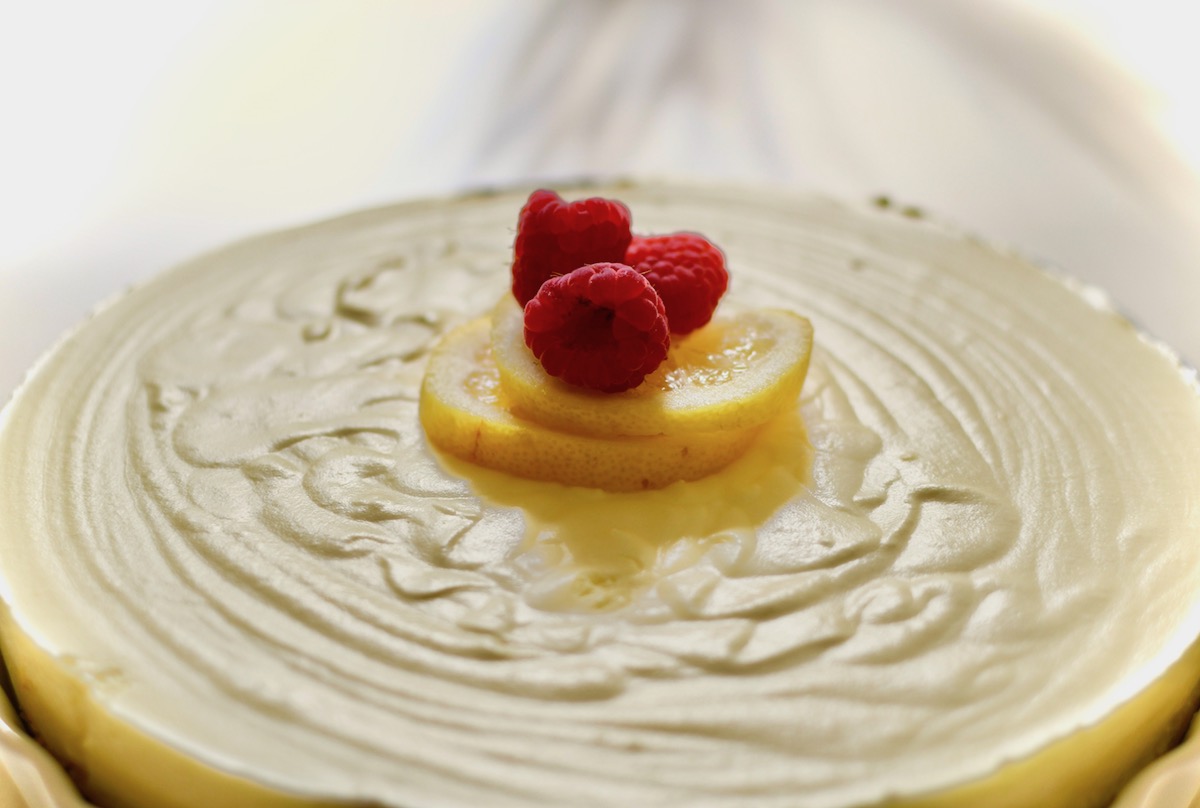

Here’s an easy summertime favorite: no-bake lemon cheesecake. This dessert recipe is a perfect finale to the BBQ dinner.
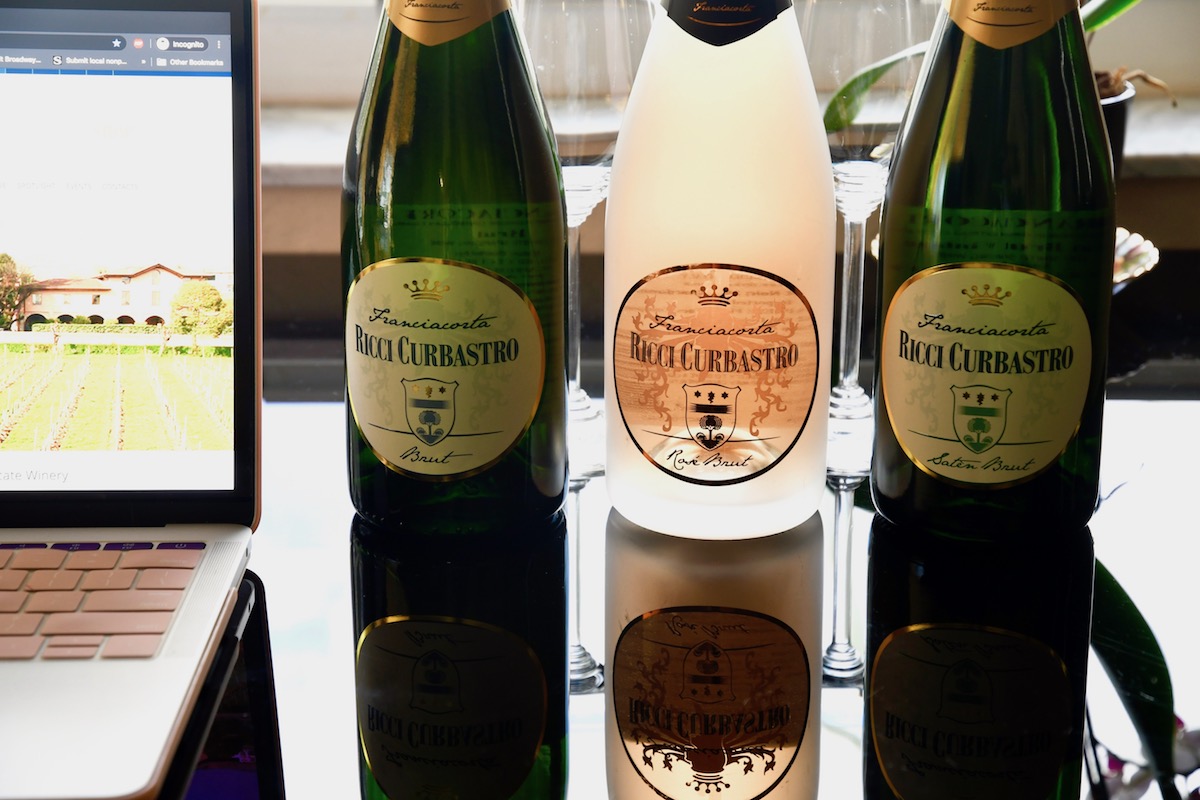
Here’s a recap of the Ricci Curbastro Guided Wine Tasting seminar led by wine expert, Lyn Farmer and presented by World Wine Web Masterclass.
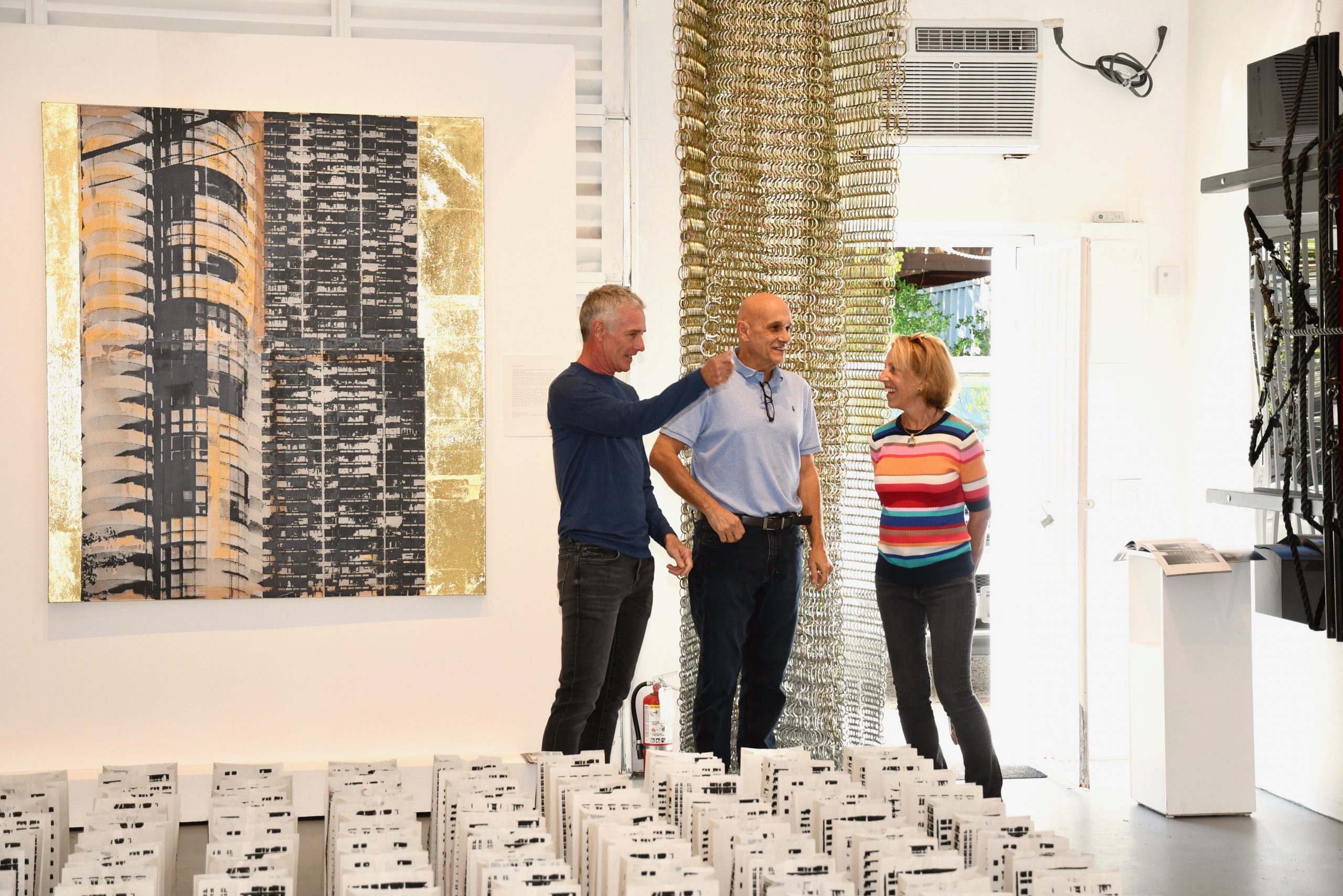
Etra Fine Art began the Art Basel/Miami Art Week celebration with an Opening Reception of “Ciudades” — a multimedia art exhibition.

It’s Foodie Friday and unlike last week, I’ve eased back into routine ready to tackle deadlines and a long ‘To Do’ list. Although the memory is far from my taste buds, through…
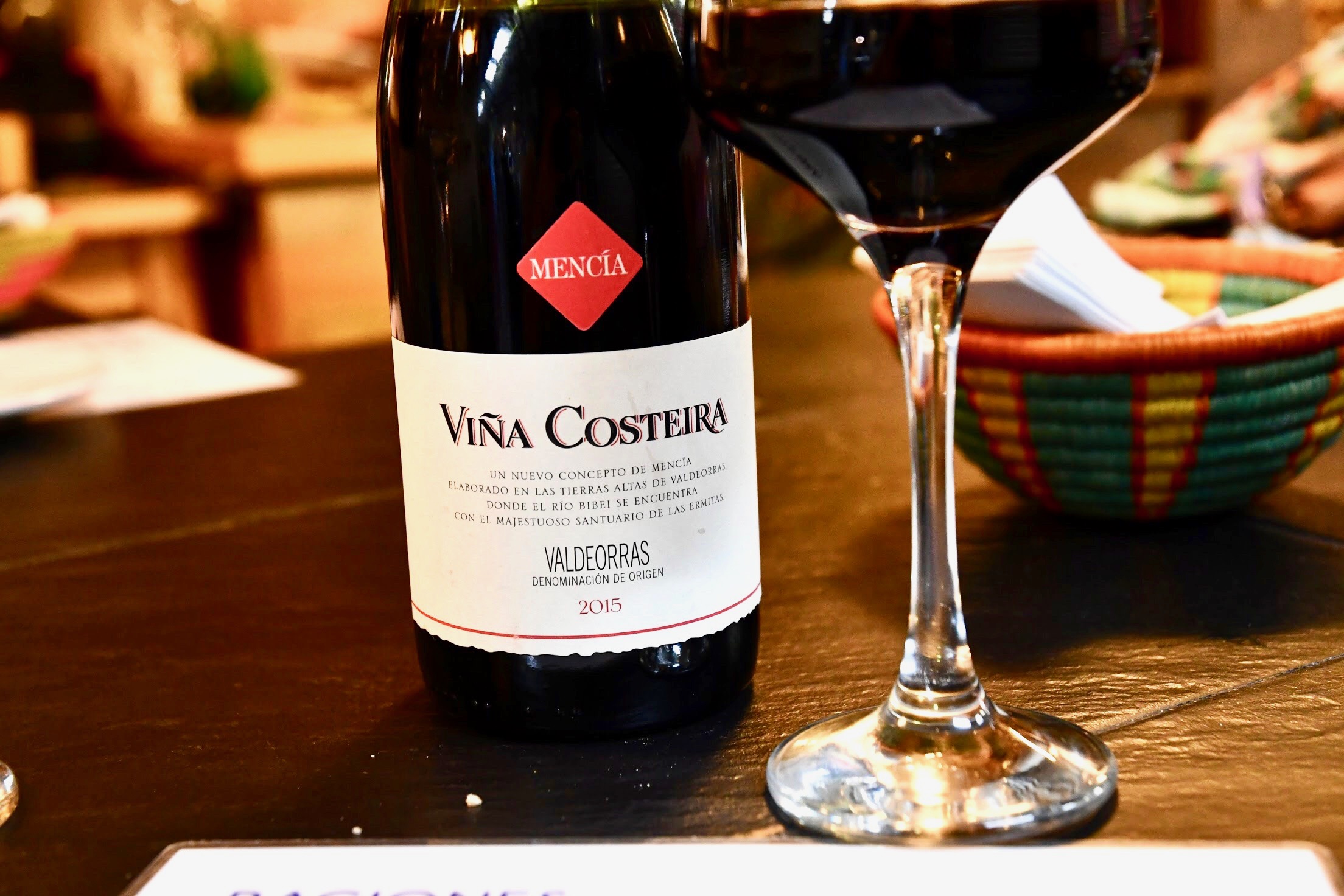
It’s #FoodieFriday and what better way to recover from the post-vacay blues than to indulge in a tasty flashback? I intentionally planned a late morning arrival time in Madrid, so I could…
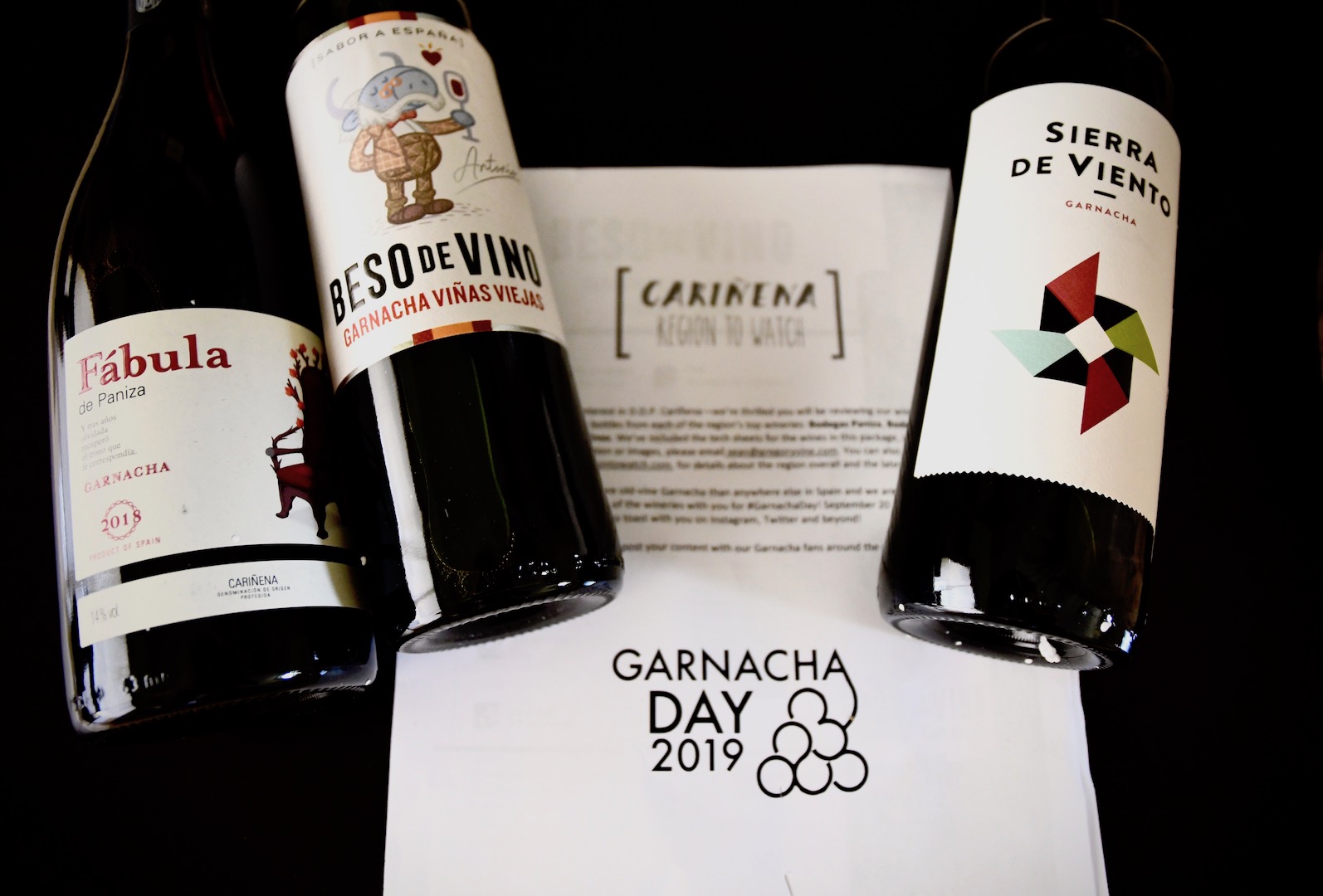
TGIF and Happy #GarnachaDay! Following a hurricane postponement of the Miami Home Show and rushing to get all of my work done and in place before flying to Spain, I began ignoring…
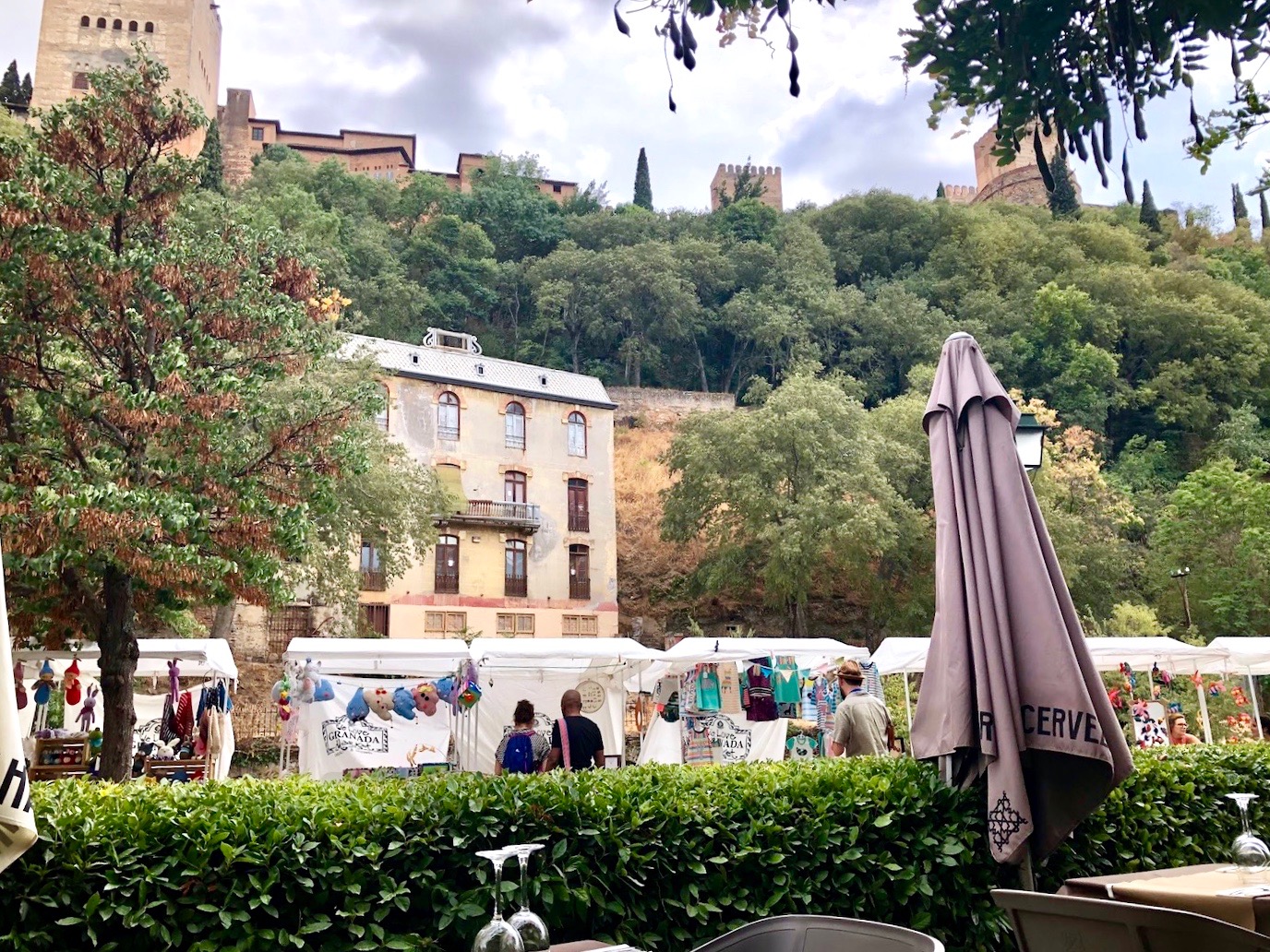
I’m back from Spain and what better way to celebrate Wine Wednesday than with an authentic Spanish food and wine pairing? Unlike Madrid, it was a challenge to find a good selection…
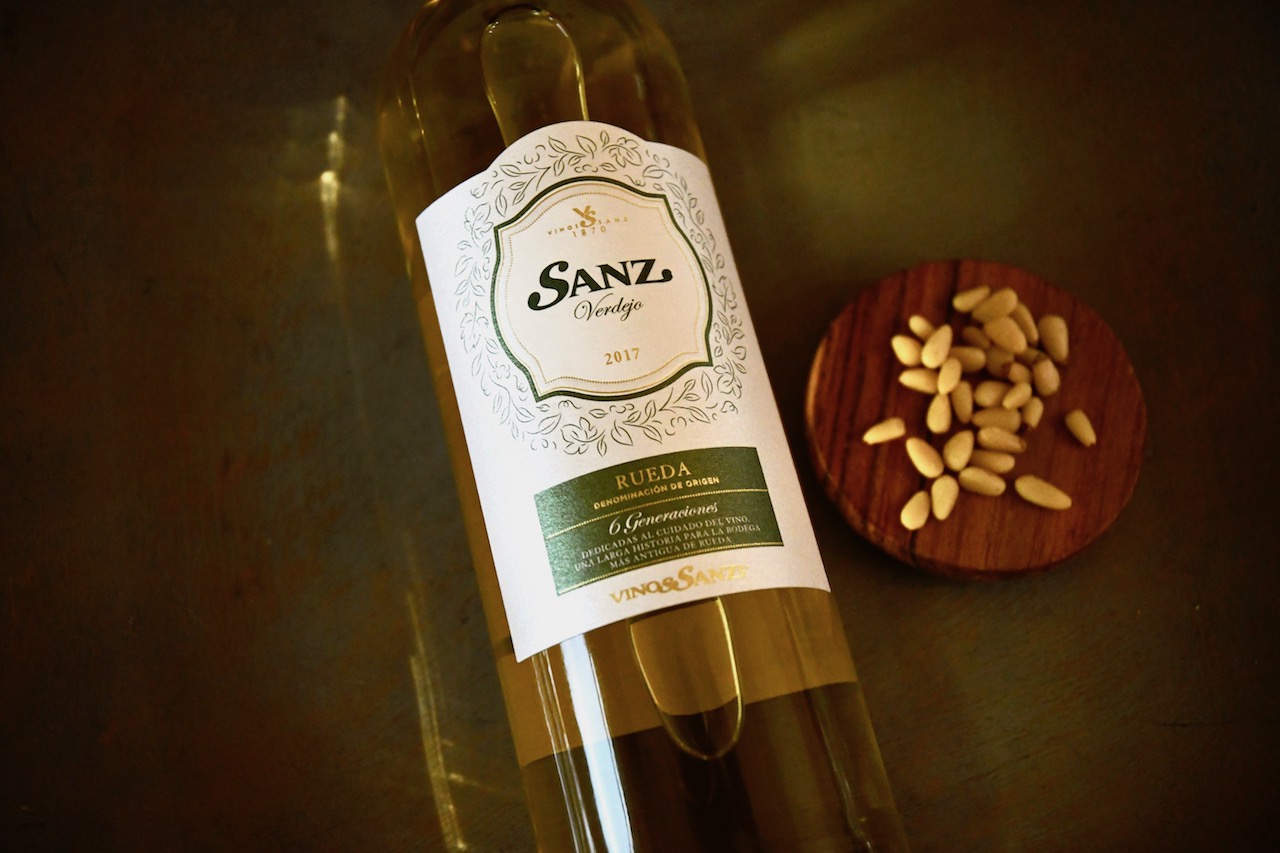
If you’ve been following my Blog or are connected with me on social (@AllegoryPR #MyArtEscape,) you’ll know that I’m slowly making my way through the Society of Wine Educators (SWE) Certified Specialist…

It’s been awhile since I blogged or spent time in my kitchen, apart from preparing something quick for the sake of sustenance and getting me through one work day and into the…
Many thanks to our Clients & Followers! It’s been a great year and we look forward to building upon our success in 2019. Ask about our new service package: Social Media Advertising to…